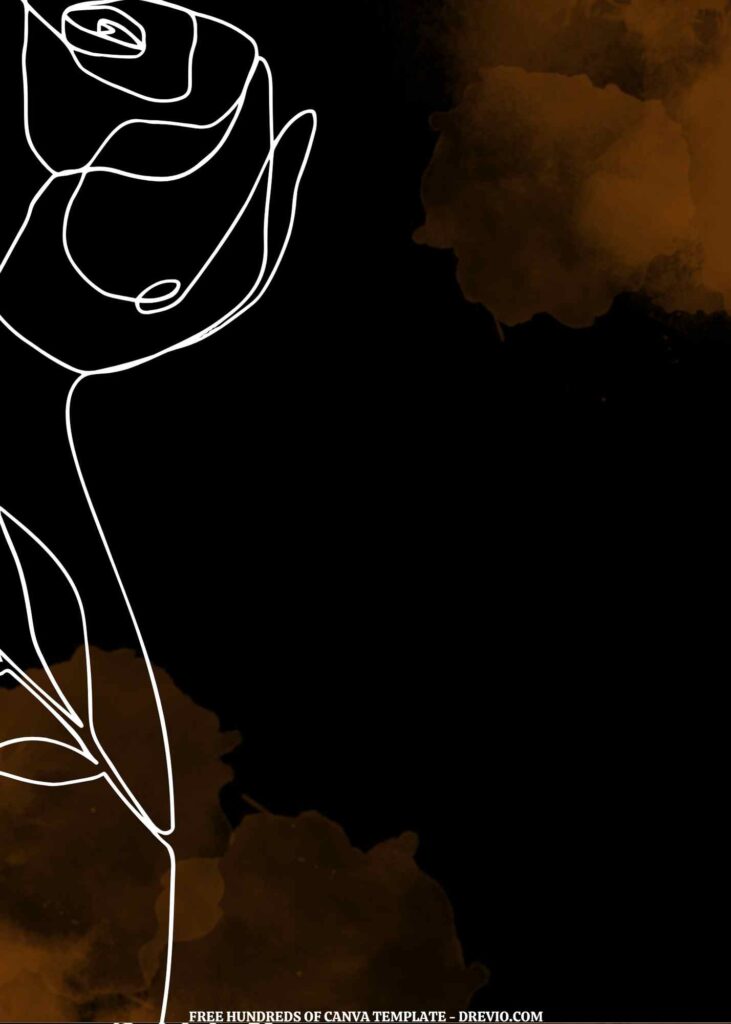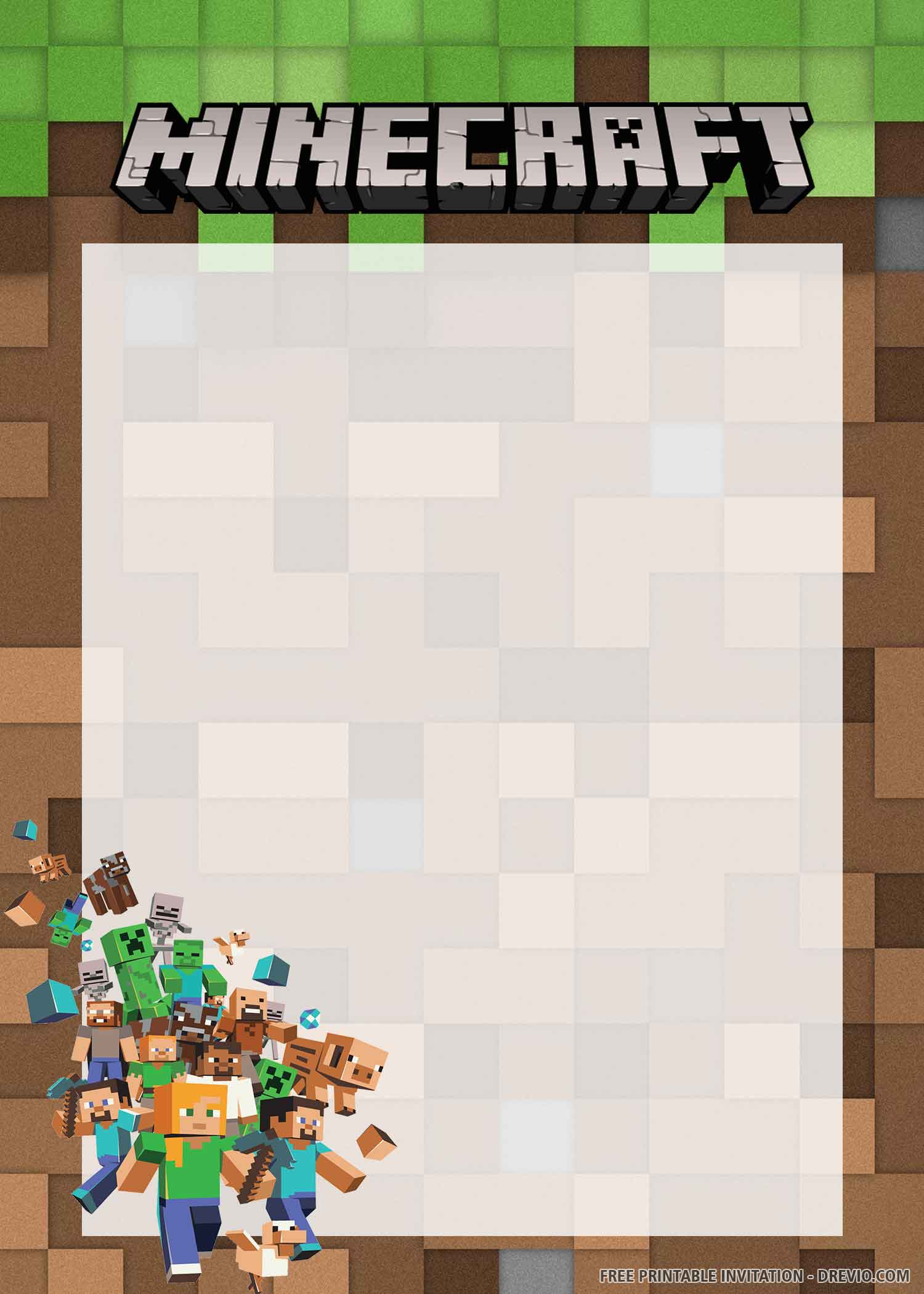Florals can be integrated into everything at a wedding—the invitations, welcome sign, ceremony pews, arch, personals, flower girl flowers,” and more. One idea is to have your guests throw petals as you and your new spouse head to cocktail hour.
Another option is to have small bud vases on the tables, floral arrangements for the gift table and escort card tables.
There can also be flowers incorporated into the centerpieces and even the wall behind the band or photobooth. Carrying the florals through the entire wedding keeps the event cohesive and helps tell the story of your wedding.
Download Help
If you’re wondering on how to download this template collection and what you should do next, please read and follow these following guides:
- Choose your template design.
- Move your mouse pointer and Left-Click the template.
- Wait for a while, a new page will appear.
- Right-click the template and choose “save image as” to save it.
- Locate where the file will be saved in your device and Enter.
If the download process has finished, Open the file with either Microsoft Word or Adobe Photoshop. Then insert your text or party information. Print the final draft on cardstock or any printing paper.
customize your invitation here
Printing Invitation Paper Techniques
Couples have several options for printing the design on their wedding invitation, depending on the paper or medium they choose.
Embossing and engraving
High-end engraving and embossing techniques are ideal for adding a touch of luxury to your wedding invitations. Because of the use of a custom-made metal plate, letters and images appear raised on the front and indented on the back for both.
The difference is that with engraving, the die is filled with ink and pressed onto the paper, with each color requiring its own plate, whereas with embossing, the imprint is inkless, making it ideal for monograms, borders, and other design effects.
Engraving and embossing both necessitate customized plates, which raises the price of your wedding invitations.
Stamping with Foil
The next most expensive method is foil stamping, which requires custom-made metal dies that can withstand the heat required to impress the image onto paper. The results, however, are breathtaking, with very clean, sharp edges and crisp colors in a high-polish, metallic effect.
It produces a glamorous effect that is impossible to replicate, despite the fact that it is uniquely suited for any type of paper, adaptable to any design aesthetic, and easily combined as an accent with other printing techniques.
Flat Printing
To that end, flat digital printing shines for image-driven invitations. Although this method of production does not add tactile dimension, it does provide freedom, flexibility, and affordability.
After all, a skilled designer can add the illusion of dimension with visual effects or embellishments like rhinestones, layered paper, wax seals, and more. This printing method also allows you to experiment with different paper textures and finishes.
Furthermore, do not confuse professional flat printing with inkjet or even laser printing with non-commercial equipment. Because custom stationers use high-quality digital presses, the image must be high resolution, sharp, and clean.










































